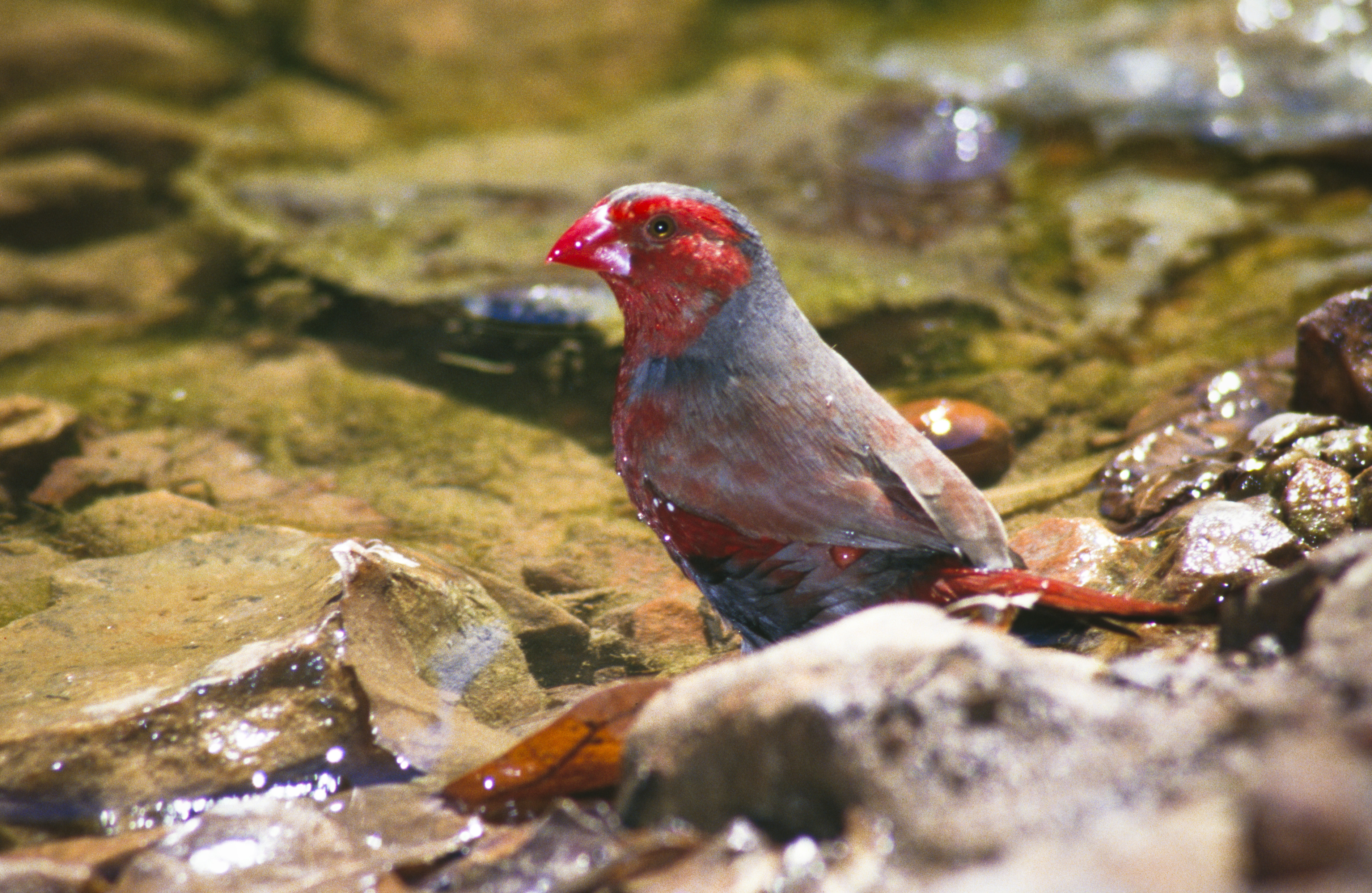|
|
Queensland Waterhole Classification SchemeWaterholes provide important aquatic refugia and allow organisms to persist within the landscape during dry periods or droughts and then recolonize the broader landscape when favourable conditions return[7][20]. The Queensland Waterhole Classification Scheme (Scheme) was developed to provide a framework for classifying and typing Queensland waterholes. The scheme uses a biophysical framework of physical, environmental and climatic attributes. This classification scheme has been built on the Australian National Aquatic Ecosystem Classification Scheme (ANAE). Quick facts
Aquatic refugia such as waterholes are a priority for conservation under climate change due to their ability to provide habitat during periods of drought and a water source for terrestrial species[5][6]. Waterholes are also important from an agricultural perspective, providing resources for irrigation and stock watering[2]. Many are culturally significant[3] and are highly prized from a tourism perspective. Waterholes can also harbour invasive flora and fauna due to increased resources and can be used as targets for effective management of these species. Waterholes are highly variable and can fluctuate spatially and temporally, often being a sub-habitat within a larger wetland e.g. a waterhole within a riverine wetland[2]. They are found throughout Queensland, from the wet-dry tropics to the arid zone of far western Queensland[12][15]. Due to their wide geographic range, variation in morphology and presence within different wetland systems, waterholes are referred to by a range of different names (i.e. billabongs, lagoons and waterbodies)[4][17][3]. Why classify waterholes?The principle of ecosystem-based management has been widely applied in Australia for managing ecosystems, species and resources[21][14][11] and is at the core of the international Ramsar Ecological Character Framework[9]. This approach considers the relationships and impacts on an ecosystem and informs decision-making initiatives and actions for successful ecosystem management. Fundamental to such an approach is defining the location (mapping) and the characteristics (classification) of the ecosystems, and documenting this within a recognised framework. Classification provides a common language within a structured framework, enabling synthesis and understanding of ecosystems that can be grouped together for different purposes, based on similarity in characteristics. Such an approach can improve our knowledge of the factors that influence the creation, maintenance and quality of habitat. Through the collation of ecological information, classification assists in creating a transparent, scientifically robust and uniform approach that can inform management, decision making and research. PurposeInstitutions and research bodies have repeatedly attempted to classify waterholes[16][5][22][5][8]. Despite the considerable amount of research conducted, a clear and consistent definition and classification system is yet to be widely used and accepted. This lack of consistency has led to discrepancies in terminology, confusion within the literature and provided a challenge for management agencies. There is a need for a standardised and comprehensive classification methodology which can be used throughout Queensland for multiple purposes. Government agencies, research organisations and consulting groups can all utilise the Queensland waterhole classification scheme for various purposes. The purpose of the scheme may change, however the integrity and foundation logic behind it will not. Populating the attributes of the scheme also enables gaps to be identified where more research or data is needed across the state and metrics that are suitable for inventory and collection. ScaleThe bulk of the attributes of this classification scheme are at a community level, as the scheme aims to only provide attributes which are relevant to classifying waterholes. Most attributes at the regional and landscape level would be specified in the ANAE, as at that scale their relevance goes across multiple ecosystems and wetlands. Development and application of attributesThe Scheme was developed using a transparent approach involving consultation with a range of experts (through workshops and correspondence), a technical advisory group and external review. Workshops were undertaken to develop the definition and identify key waterhole attributes, categories and metrics. The Scheme expanded on existing attributes available in the Australia National Aquatic Ecosystem (ANAE) Classification Framework and those identified from the literature[10][18][1][19][8][13]. The Scheme was developed to provide a framework for classifying and typing Queensland waterholes. The Scheme uses a biophysical framework of physical, biological and chemical attributes based on existing attribute-based classification schemes used within Queensland, including:
Many of the key concepts and principles presented in this document are derived from the Queensland Intertidal and Subtidal Ecosystem Classification Scheme. This project was run through the Queensland Wetlands Program with input from other areas within the Queensland Government, Griffith University, The Commonwealth Scientific and Industry Research Organisation and James Cook University. Mapping and assessment productsThe next stage of the classification process is to acquire inventory data. Synthesised inventory data can also be transformed into mapping or assessment products. References
Last updated: 14 January 2020 This page should be cited as: Department of Environment, Science and Innovation, Queensland (2020) Queensland Waterhole Classification Scheme, WetlandInfo website, accessed 30 August 2024. Available at: https://wetlandinfo.des.qld.gov.au/wetlands/what-are-wetlands/definitions-classification/classification-systems-background/waterholes/ |

 — Department of Environment, Science and Innovation
— Department of Environment, Science and Innovation


